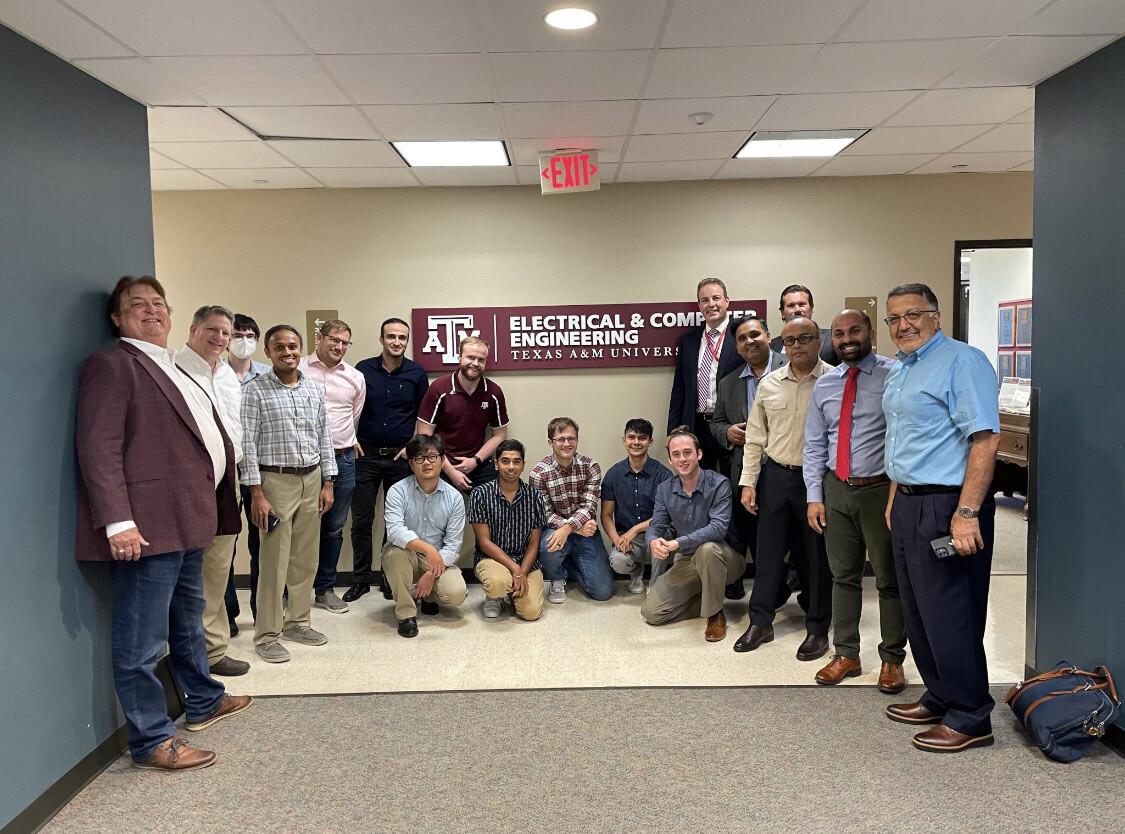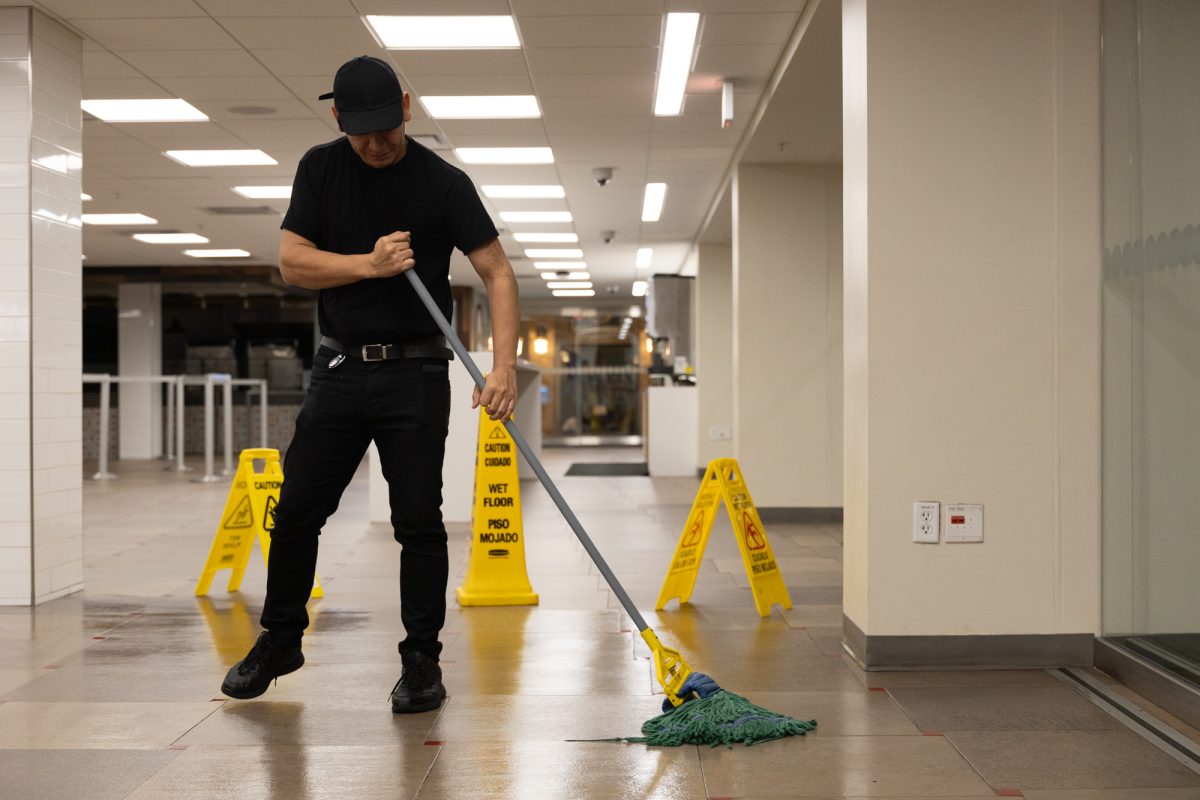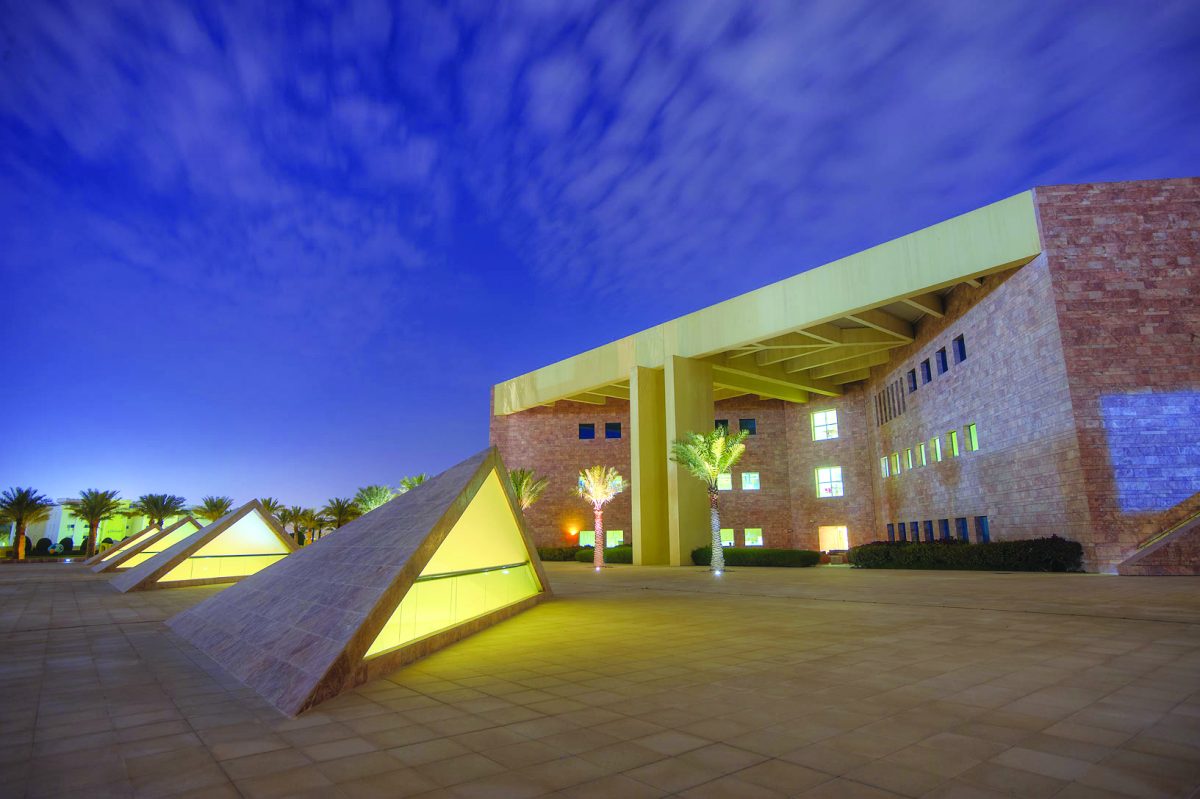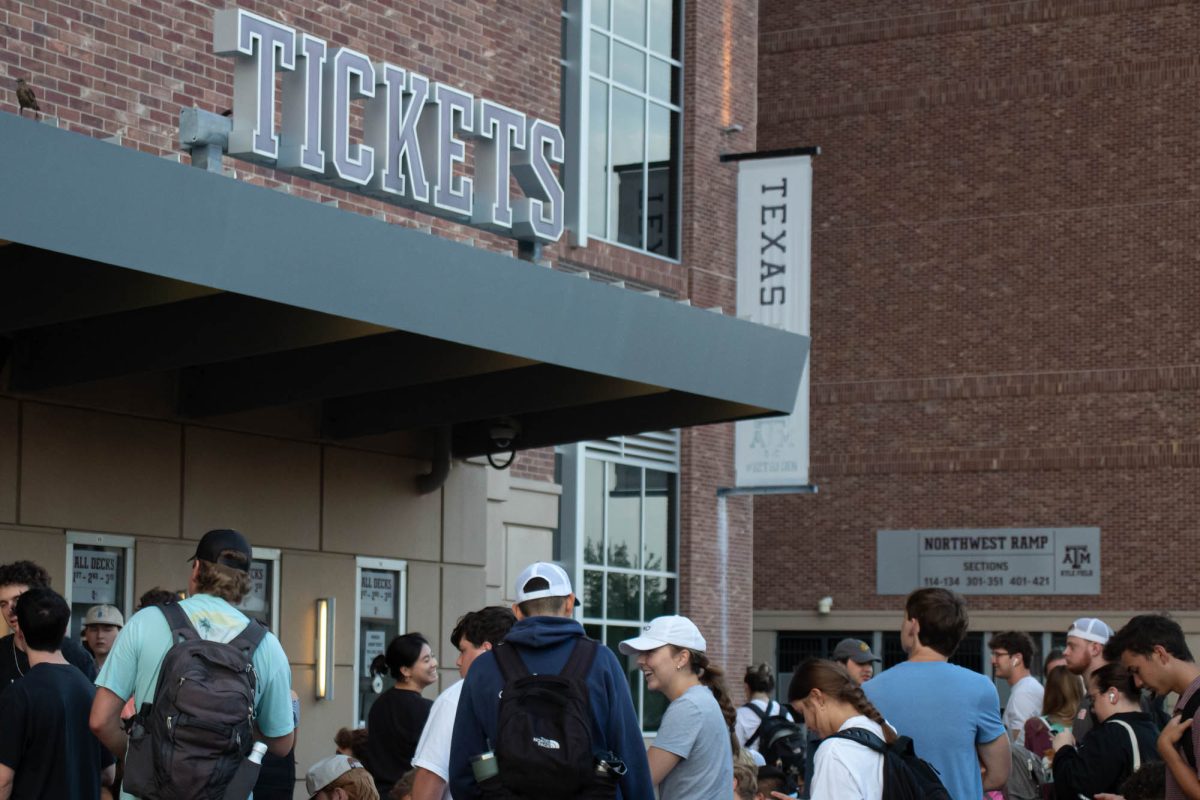Following the promising potential of the electric powertrain in re-inventing the arena of sustainable travel in phase one of the Texas A&M research project, graduate students and professors alike solidify their multidisciplinary team in entering phase two of the project backed by almost $5 million in funds.
According to the ARPA-E description of the innovation and advantages of the project, the project aims to create an alternative to aviation-induced greenhouse gas emissions by designing a light-weight environmentally friendly electric-powertrain. Eventually, the advanced technology is expected to cut emissions and reduce fuel consumption.
The project is expected to go on until August 2024 and involves collaboration between electrical, aerospace, mechanical and materials science engineering faculty and students. Further, the necessity of securing companies and investors adds a unique need for the marketing of the cutting-edge technology being developed in the lab.
Graduate students involved in the lab include Dorsa Talebi, Deokgeun Park, Nathan Malone, Eric Mazun, Sourav Chakravarty, Ethan Iverson, Shiyu Zhang, Mehdi Seyedi and more recently Nikhil Yogesh, Joon Jo, Karnaveer Dubey, Bansi Patel and Sarah Fisher. The project also involved several students who have now graduated, including Chase Wiley, Wenting Mo, Carolyn Long and Matthew Gardner, who is now a professor working on the project at UT Dallas.
Doctoral student and student project coordinator, Dorsa Talebi has been involved in the project since its inception and was able to gain experience of how to create an electric motor, model with software, create simulations, and draft a proposal.
“There is an inertia for some people in the industry for doing something new, doing something unconventional,” Talebi said. “A lot of times they are just sitting out there watching and waiting for someone to actually start it. I believe for this matter there are also a lot of people watching to see that this is actually possible. I believe that what we can accomplish can have a very high impact in the transition to more green airplanes.”.
Talebi, having previously interned for Tesla, recognizes how difficult it is to break into a new industry, but believes the gravity of our current environmental situation heightens the need for the advancement of electric powertrain technology.
“For cars it was Elon Musk that pushed for the commercialization of electric cars, there will be someone for airplanes … the funding and the values are very much different, but they are also similar,” Talebi said. “There won’t be a lifetime if we continue polluting the air.”
Hamid Toliyat, principal investigator and Raytheon professor in the Department of Electrical and Computer Engineering and director of EMPE lab, and Matthew Gardner, Ph.D. of UT Dallas, a then-postdoctoral student in EMPE lab at A&M were sparked by the Funding Opportunity Announcement created by the Advanced Research Projects Agency-Energy and a growing awareness that the greatest amount of fuel being used on aircrafts originates from takeoff and landing.
“In order to reduce the pollution, in phase one you want to do a hybrid aircraft, get assistance for take-off and landing … phase one was 18 months, the total project is about 42 months,” Toliyat said. “The major ingredient of this project is tech-to-market, this project has to be developed to be used by the commercial world, it’s not sitting only on the shelf like conventional research.”
Toliyat emphasizes the importance of the research that the electric powertrain team is doing at A&M because of its potential to do what has not been done before, setting the stage for future development. Once the technology is developed and integrated in the market, it opens the doors for a future where fully electric airplanes could be possible.
“This is a two-pronged project, one side of it is technology, making the electric motor with very aggressive specs, as nobody has done it before with a power-to-weight ratio of 12kW/kg which is extremely difficult to achieve,” Toliyat said.
Doctoral student Nathan Malone and the mechanical team assess the multiphysics interaction between the electromagnetics and the heat extraction from the motor.
“The project started almost as a professor project with this idea that they had, it has now evolved into a student-driven interdisciplinary team that focuses a lot on working together… interacting with the other factors [fields of engineering] that you would normally ignore to make the whole product better,” Malone said. “I’ve learned that engineers are pretty stubborn, you have to kind of learn to trust one another.”
Malone recognizes the dormancy of a large number of airports across the United States, especially the more local ones. The idea of shifting the focus to more locally sourced flights using the electric motors rather than huge cross-country flights in the same sense that buses would operate early on in the early 1950s to move people around which plays to the convenience and environmental idea.
“Right now the technology is new, but I think there’s a lot of potential in a more accessible and sustainable form of air transportation that doesn’t rely on fossil fuels in a way that makes sense both economically and environmentally,” Malone said.










